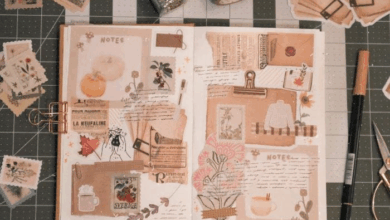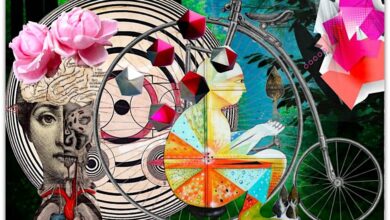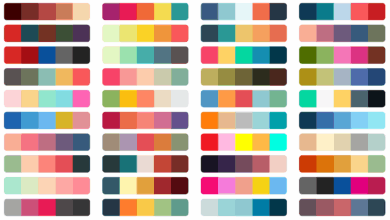The Psychology of Good Design

Design is not merely about shape, color, and composition. It’s a powerful language that speaks directly to the human mind. Every visual choice, from typography to color palette, affects the way people feel, think, and act. As of 2025, it’s a requirement for brands, creators, and businesses to understand the psychology of design if they want to connect deeply with human beings.
Good design is not accidental; it’s intentional. It uses aesthetics and psychology to influence perception, build trust, and drive behavior. Whether digital marketing, product design, or building design, design psychology takes good graphics and turns them into great experiences.
First Impressions Matter
Human brains even read pictures faster than text, research shows that people form first impressions of a product or site in under a second. So your design is your first handshake with your audience.
A clean, well-structured layout with an apparent hierarchy immediately evokes a professional, reliable impression. Dissonant or unclear images create mistrust or confusion. Designers apply psychological principles like symmetry, simplicity, and contrast to create instant familiarity and rapport for the viewer.
On screen, easy-to-use navigation, readable type, and intuitive interfaces give people a sense of being in control and that emotional comfort causes them to stay longer.
Color’s Emotional Power
Colors are more than a pretty face; they are mood and behavior triggers. Color psychology is how colors influence our behaviors and moods. For example:
- Blue creates trust and tranquility and is most often used for corporate and technology companies.
- Red creates a sense of urgency and energy and is most often used for food and retail companies.
- Green is the color of balance and nature and is most often used for sustainability and wellness.
In 2025, color psychology is still an essential problem of product and brand design. Designers are more strategic than ever, integrating color schemes into brand values and audience opinions as needed.
The Role of Shape and Form
Shape is also psychologically meaningful. Circles bring about community and togetherness, squares energy and solidity, and triangles movement and vitality. Designers pair these shapes collectively to create unconscious reactions that support the message of a product.
In packaging design, for instance, curvilinear shapes are seen as warm and welcoming, and angular lines as expressing modernity and accuracy. Using this visual lexicon, designers can control perceptions of quality and trustworthiness before one has read a single word.
Typography and Human Perception
Typefaces are subtle personality transmitters. Stability and tradition are expressed in serif typefaces, whereas simplicity and modernity are expressed by sans-serif typefaces. Warmth and originality are expressed by script or decoration typefaces.
Typography affects readability, emotion, and tone. For instance, luxury brands will always use elegant, spaced typography to convey elegance, and tech startups will use bold and clean typography to create a futuristic look. Balance is the secret ensuring typography is reinforcing the message rather than withdrawing from it.
The Psychology of Space and Balance
White space, or negative space, is usually overlooked but is a useful psychological function of design. It gives the eye room to breathe, allows for concentration, and creates a sense of elegance and calmness. Individuals get frustrated with cluttered designs and can easily absorb information through well-balanced compositions.
Minimalism, the contemporary trend of 2025, operates on this premise. Through simplicity and focus, minimalist design allows users to engage with what matters most is the message.

Conclusion: Design That Feels Right
Good design, in short, is empathy an understanding of how and what people feel and think. Design psychology allows designers to predict emotional reactions and create experiences that engage. It gets pictures to speak and brands to connect. In a world where we’re drowning in information, good and emotionally intelligent design does all the talking. Good designers of 2025 aren’t artists, they’re psychologists who shape how we see, relate, and act.
The next time you see a logo, ad, or site that makes you sit up and take notice, it’s not just good design. It’s design that understands you.





